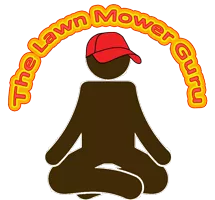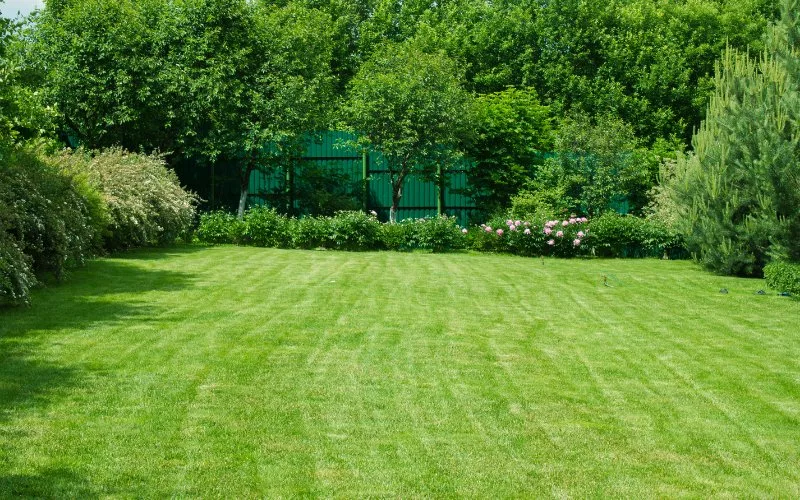Most people have, at one time or another, heard that lighting makes the grass greener. It’s common wisdom. Lightning, somehow, gets more nitrogen to your grass and other plants. It comes from the air. Or maybe the lightning has to strike the ground to bring the nitrogen out. Perhaps it’s an alchemical reaction.
In any case, the nitrogen is there because of the lightning. That’s the important part. But is this “common wisdom” true? Does lighting make the grass greener, by providing the nitrogen it needs or in some other way?
The Theory Behind This Claim
The theory and the science behind this claim go hand-in-hand. In the theory, lighting does one of two things. It either strikes the ground and infuses it with nitrogen, which isn’t quite right but doesn’t miss the point entirely. In the other version of this “legend”, the lighting causes the nitrogen in the atmosphere to rain down onto plants and everything else, with or without the help of the rain that typically accompanies a lightning storm.
While the details might be a little fuzzy or even not quite describe how things work in this scenario, the general how and why are close to the truth. In any case, lightning does make grass greener- if it’s healthy, alive, and can make use of the extra nutrients provided by the lightning.
What Really Happens – Does Lightning Actually Make Grass Greener?
In short, yes, lighting does make your grass greener. It’s also true that this change has everything to do with nitrogen. In fact, lighting is one of the greatest factors in the “nitrogen cycle.”
The nitrogen cycle is all about the nitrogen that is in the atmosphere being pushed down to the earth via rain or lightning. While rain can bring nitrogen down to the ground, it’s in a form that needs to be broken down before grass can access it. This means that in a few days after the rain has fallen, your grass will receive a nutrient boost. That is if there was no lighting to accompany that storm.
Lightning vastly speeds up the nitrogen cycle. While still in the air, lightning can cause nitrogen to “transform” into nitrogen oxide. This compound requires no breaking down once it reaches the ground. These small particles will rain down onto the ground and work themselves into the soil, allowing them to be absorbed immediately by the roots of the plants found there.
Does Lightning Help Grass Grow Faster?
Yes, lighting will help the grass grow faster. This sudden infusion of nitrogen, made possible by the lighting reacting with the nitrogen in the atmosphere, is what makes this sudden “greening up” possible. Not only does this help provide a boost, but the more thunderstorms there are in early spring, typically March through April in the USA, the faster your lawn and other plants will turn green and begin to grow in the spring. Every plant, from trees to grass, can benefit from a lightning storm and the nitrogen it brings.




Leave a Reply